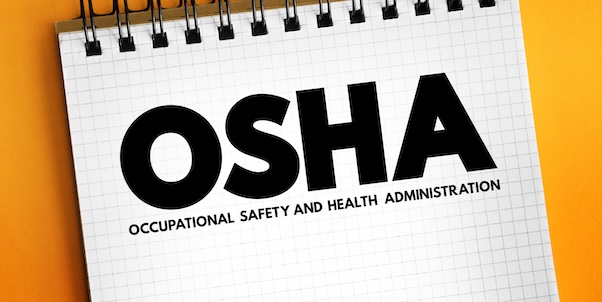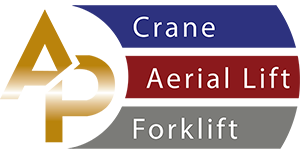
As the heartbeat of construction and industrial projects, cranes stand tall and mighty, facilitating heavy lifts and ensuring progress on various job sites. Behind their powerful presence lies a critical responsibility - compliance with standards that ensure the well-being of workers and the longevity of equipment. In this blog post, we will delve into the most important crane standards that businesses must adhere to in order to maintain compliance and foster a safe working environment, along with a particular focus on the importance of adhering to the code 1926-1400.
Understanding the standards:
Crane standards are a complex web of regulations designed to safeguard both workers and equipment. The code 1926-1400, part of the broader standards established by the Occupational Safety and Health Administration (OSHA), zeroes in on the safety requirements for cranes and derricks in construction-part of the ongoing narrative of Crane Standards to Keep Compliant.
1. Load Capacity and Stability:
One of the fundamental aspects covered by 1926-1400 is load capacity and stability. The standard mandates a rigorous evaluation of a crane's ability to handle loads safely, taking into account factors such as load charts, lifting capacity, and counterweight systems. Complying with these regulations ensures that cranes operate within their specified limits, preventing accidents and equipment failures.
2. Qualified Signal Persons and Crane Operators:
The code emphasizes the importance of having qualified individuals in charge of crane operations. Whether it's a signal person communicating with the operator or the operator themselves, proper training and certification are crucial. Compliance with 1926-1400 ensures that everyone involved in crane operations possesses the necessary skills and knowledge, reducing the risk of accidents caused by miscommunication or operator error.
3. Inspection and Maintenance:
Regular inspections and proactive maintenance are the lifelines of crane safety, and 1926-1400 underscores this fact. The code outlines specific requirements for thorough inspections of cranes, from daily checks to periodic examinations. Adhering to these guidelines helps identify potential issues before they escalate, ensuring that cranes remain in optimal working condition.
4. Environmental Considerations:
Crane operations are not confined to controlled environments, and 1926-1400 recognizes this by addressing environmental considerations. From wind speed restrictions to potential hazards in the surroundings, the standard mandates that operators and site managers remain vigilant about external factors that could impact crane safety.
1. ANSI/ASME B30 Standards:
The American National Standards Institute (ANSI) and the American Society of Mechanical Engineers (ASME) have established a comprehensive set of standards under the B30 series, specifically addressing crane and lifting equipment safety. Covering everything from design and inspection to operation and maintenance, adherence to these standards is essential for ensuring the safe and efficient use of cranes.
2. OSHA Regulations:
The Occupational Safety and Health Administration (OSHA) in the United States sets forth strict regulations for crane operation and maintenance. To avoid penalties and, more importantly, to prioritize the well-being of workers, employers must comply with OSHA's standards, which cover crane operator certification, inspection protocols, and safety measures-an unwavering commitment to Crane Standards to Keep Compliant.
3. ISO 4309:2017 - Cranes - Wire Ropes - Code of Practice for Examination and Discard:
This international standard, published by the International Organization for Standardization (ISO), provides guidelines for the examination and discard of wire ropes used in cranes. Regular inspections and proper maintenance of wire ropes are critical for crane safety, and adherence to ISO 4309 ensures that these components are in optimal condition.
4. ASME BTH-1 Standards:
The ASME BTH-1 standard, "Design of Below-the-Hook Lifting Devices," focuses on the design criteria for accessories used in conjunction with cranes. This includes lifting beams, spreader bars, and other devices. Compliance with these standards is essential to guarantee the safe handling of loads and to prevent accidents during lifting operations.
5. CMAA Specifications:
The Crane Manufacturers Association of America (CMAA) provides specifications that help standardize crane design and performance. These specifications cover various types of cranes, such as overhead traveling cranes and gantry cranes. Adhering to CMAA standards ensures that cranes are designed and manufactured to meet specific performance and safety criteria.
Maintaining compliance with crane standards is not just a regulatory obligation; it is a commitment to the safety of workers and the efficient operation of equipment. By adhering to ANSI/ASME, OSHA, ISO, ASME BTH-1, and CMAA standards, businesses can create a workplace environment that minimizes risks, enhances productivity, and upholds the integrity of their crane operations. Regular training, inspections, and a proactive approach to safety will contribute to a culture of compliance, ensuring that cranes remain reliable assets in various industries-a testament to the enduring relevance of Crane Standards to Keep Compliant.
